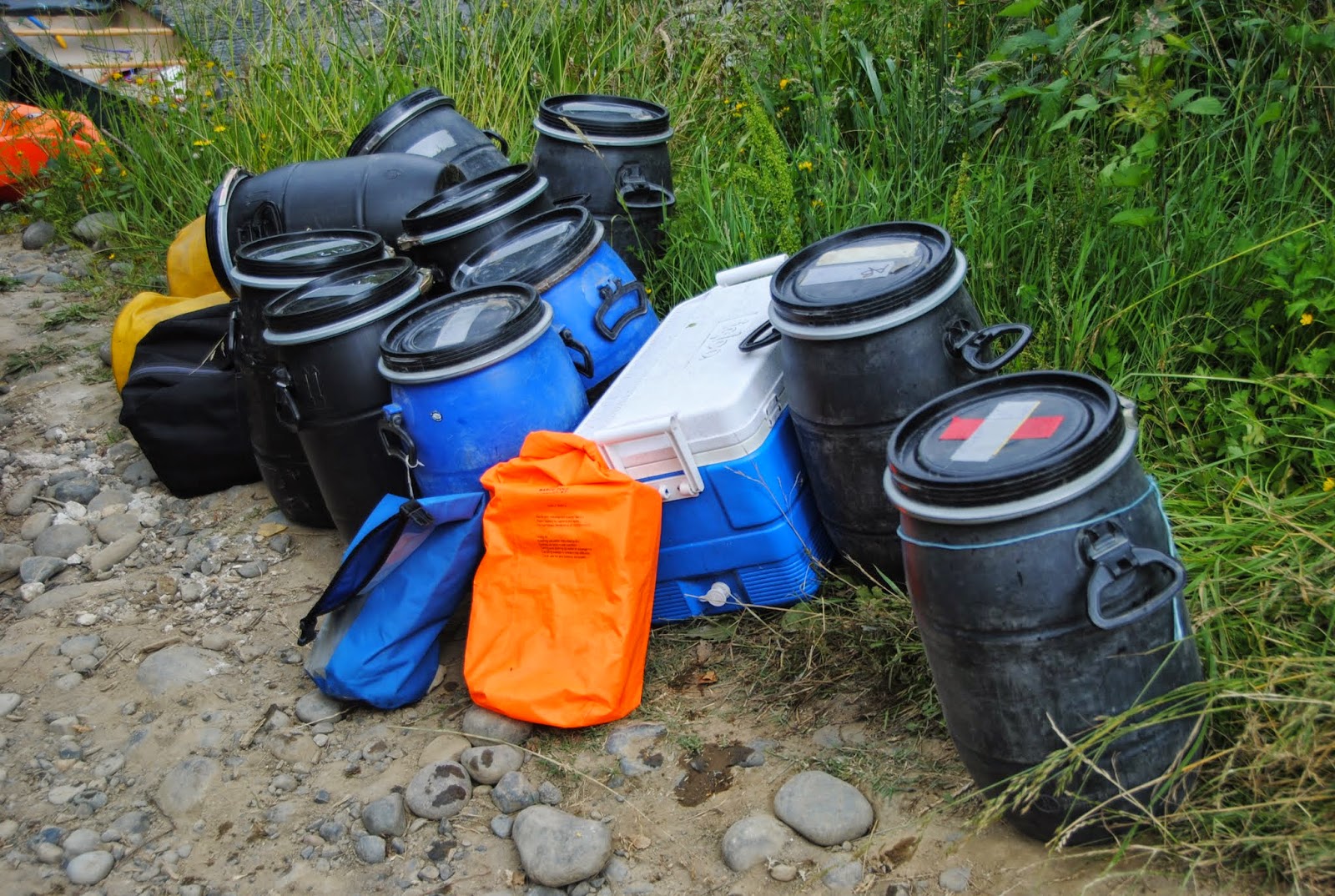This blog is about my great-great-uncle Tuhuru Bannister.
He sailed from New Zealand on Troop Ship Number 20, SS Warrimoo, 14 February 1915 arriving at Suez, Egypt 5 weeks later, 26 March 1915. Before sailing, the entire First New Zealand Maori Contingent signed a scroll which is now in the Auckland Museum. (Tuhuru's signature is about halfway down in column seven).
The contingent initially were to be used as garrison duty in Malta.
On 30 June 2015, Tuhuru again embarked another ship bound for the Dardanelles campaign.
However the next day, this story was retracted.
On 17 August, Tuhuru was taken from the peninsula, to hospital in Lemnos, Cairo, then Alexandria.
A letter from one of the Maori Contingent, Private Tawhai Kohere was published in the Poverty Bay Herald. He says "we are a lonely party ... about 100 out of a force of 500".
Tuhuru's discharge from hospital was reported in the Poverty Bay Herald 6 October, 1916.
He was discharged form the Army 21 May 1916 after serving eighteen months in the Army, of which fourteen months were spent deployed overseas.


Tuhuru was one of the well known Bannister brothers that competed and dominated in axe wood chopping competitions.
Tuhuru Bannister died in 1964 (aged 70), so I never met my great-uncle. He was however part of our country's history, fighting at Gallipoli, on Chunuk Bair and being part of the first Maori New Zealand Maori Contingent.
He fought with his brother James who was as a Trooper with the Canterbury Mounted Rifles. His nephew, my Papa, Stanley fought in WWII with the 28th Maori Battallion.
Tuhuru was born 13 July 1894 at Jacobs River the West Coast of the South Island to father John Bannister and mother Hera or Sara.
War broke out 5 August 1914 and Tuhuru enlisted and attested 15 November 1914 (aged 20), joining the New Zealand Maori Contingent (video) (more).  |
The lady at left is my great-great-grandmother Hera Bannister (nee Te Koeti, daughter of Te Koeti Turanga and Ripeka Patiere Tūtoko). Behind her, with the shovel is the eldest son, William (named after his father). Immediately beside Hera is her son, George. The lady in the doorway is daughter Margaret (my great-grandmother). The young boy squatting at the front is another son, David. The gentleman holding a hat is my great-great-grandfather John William Bannister. Beside him, wearing a hat is another son, James. The child sitting in front is the youngest son, Tuhuru.
|
He sailed from New Zealand on Troop Ship Number 20, SS Warrimoo, 14 February 1915 arriving at Suez, Egypt 5 weeks later, 26 March 1915. Before sailing, the entire First New Zealand Maori Contingent signed a scroll which is now in the Auckland Museum. (Tuhuru's signature is about halfway down in column seven).
The contingent initially were to be used as garrison duty in Malta.
On 30 June 2015, Tuhuru again embarked another ship bound for the Dardanelles campaign.
The Gallipoli landings were 25 April 1915. Tuhuru and the 460 strong man Maori Contingent landed at Gallipoli 3 July 1915. The Maori Contingent were part of the attack on Chunuk Bair on 7 August. Historian James Cowan wrote: "The Maoris went into that splendid attack, their first battle with the bayonet, in a mood of savage determination and delight. This was their chance for fame. They went grimly for those Turks, bayoneted them in their lines, they burst into a tremendous haka when they had cleared the trenches - 'Ka mate, ka mate, ka ora, ka ora!' - then silence as they pressed on to the next point."
The Thames Star, however reported that the Maori Contingent was "cut up" and that "the survivors wer incorporated with other units.
The Thames Star, however reported that the Maori Contingent was "cut up" and that "the survivors wer incorporated with other units.
On 17 August, Tuhuru was taken from the peninsula, to hospital in Lemnos, Cairo, then Alexandria.
Tuhuru's discharge from hospital was reported in the Poverty Bay Herald 6 October, 1916.
On 16 October, he was returned to his unit at ANZAC. On 20 December, the Allied Forces evacuated the Gallipoli Peninsula. Of 461 ordinary rank Maori contingent soldiers and 16 officers who fought at Gallipoli, only two officers and 132 men remained at the end. Tuhuru's records show him disembarked at Alexandra on 27 December 1915. He was hospitalised in Cairo with a "collapsed lung after pneumonia and pleurisy" before being shipped home on SS Ulimaroa, arriving home 18 April 1916.
He was discharged form the Army 21 May 1916 after serving eighteen months in the Army, of which fourteen months were spent deployed overseas.


 |
| Tuhuru Bannister second from left |
He fought with his brother James who was as a Trooper with the Canterbury Mounted Rifles. His nephew, my Papa, Stanley fought in WWII with the 28th Maori Battallion.
After Gallipoli, there was some discussion as to what was to be done with the Maori Contingent. The Poverty Bay Herald in February 1916 and April 1916, contains quotes from officers speaking to the qualities of the Maori as fighters. Eventually, when more Maori reinforcements arrived, they became the Maori Pioneer Battalion.
Update: One of the Auckland War Memorial Museum archivists contacted me with a photo of Tuhuru. This photo is taken with brothers Michael and James Mulvaney, also from Bruce Bay, the day before they shipped out in October 1916.
Update: One of the Auckland War Memorial Museum archivists contacted me with a photo of Tuhuru. This photo is taken with brothers Michael and James Mulvaney, also from Bruce Bay, the day before they shipped out in October 1916.
Update 2: His name is inscribed on the memorial wall at Waitangi
.jpg)
















































